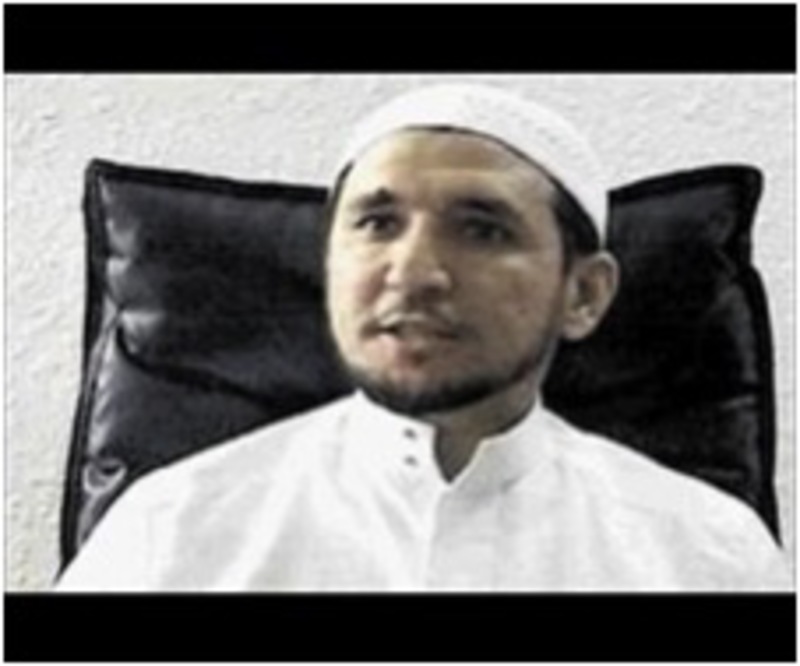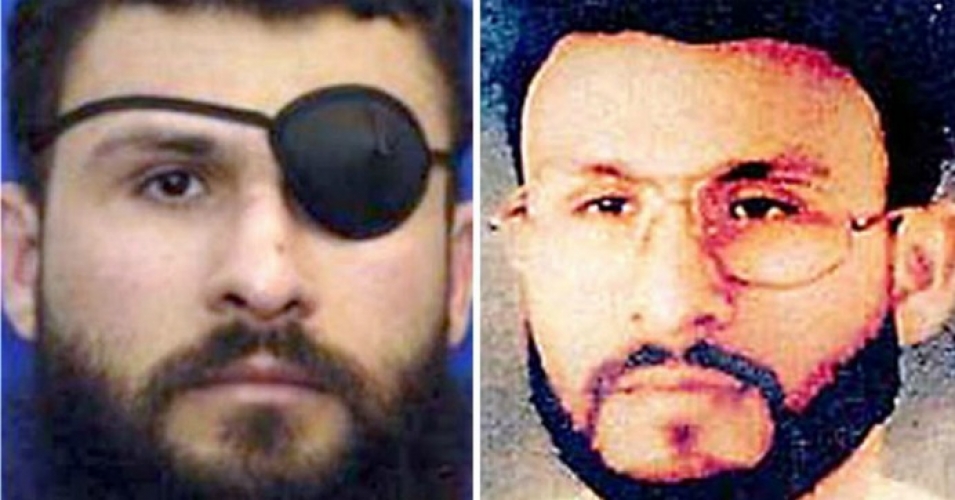
Osama bin Laden’s brother-in-law is arrested in Morgan Hill, California.
Muhammed Jamal A. Khalifa, a Saudi, is arrested by the Immigration and Naturalization Service. He had been sentenced to death in Jordan for plotting to assassinate Jordanian government officials and planting bombs in two movie theaters, explosions which injured 11 people. He had entered the U.S. on December 1.
Khalifa (aka Jalal Khalifat, Gamal Khalifat, Mohammad J.A. Khalifah, Jamal Khalifah, Abdallah Khalifah Abu Bara, Abudul Barashid, Abu Salah), born 1 February 1957 in Medina, Saudi Arabia, is thought to be the brother-in-law to Osama bin Laden. (One of his four wives is a sister of bin Laden). He is believed at the time to have been living for the previous six or more years in Manila, and to be the leader of a terrorist cell in the Philippines (and involved in the so-called “Bojinka” plotting to kill the Pope and bomb U.S. airliners.)
Khalifa was deported in May to Jordan but was later acquitted of all charges and allowed to return to Saudi Arabia. The famed “28 pages” from the 9/11 Commission later speculates that the Saudis “bought off” the Jordanians for the return of Khalifa. As the report states, “Khalifa now works for a Riyadh-based NGO and travels and operates freely.”
